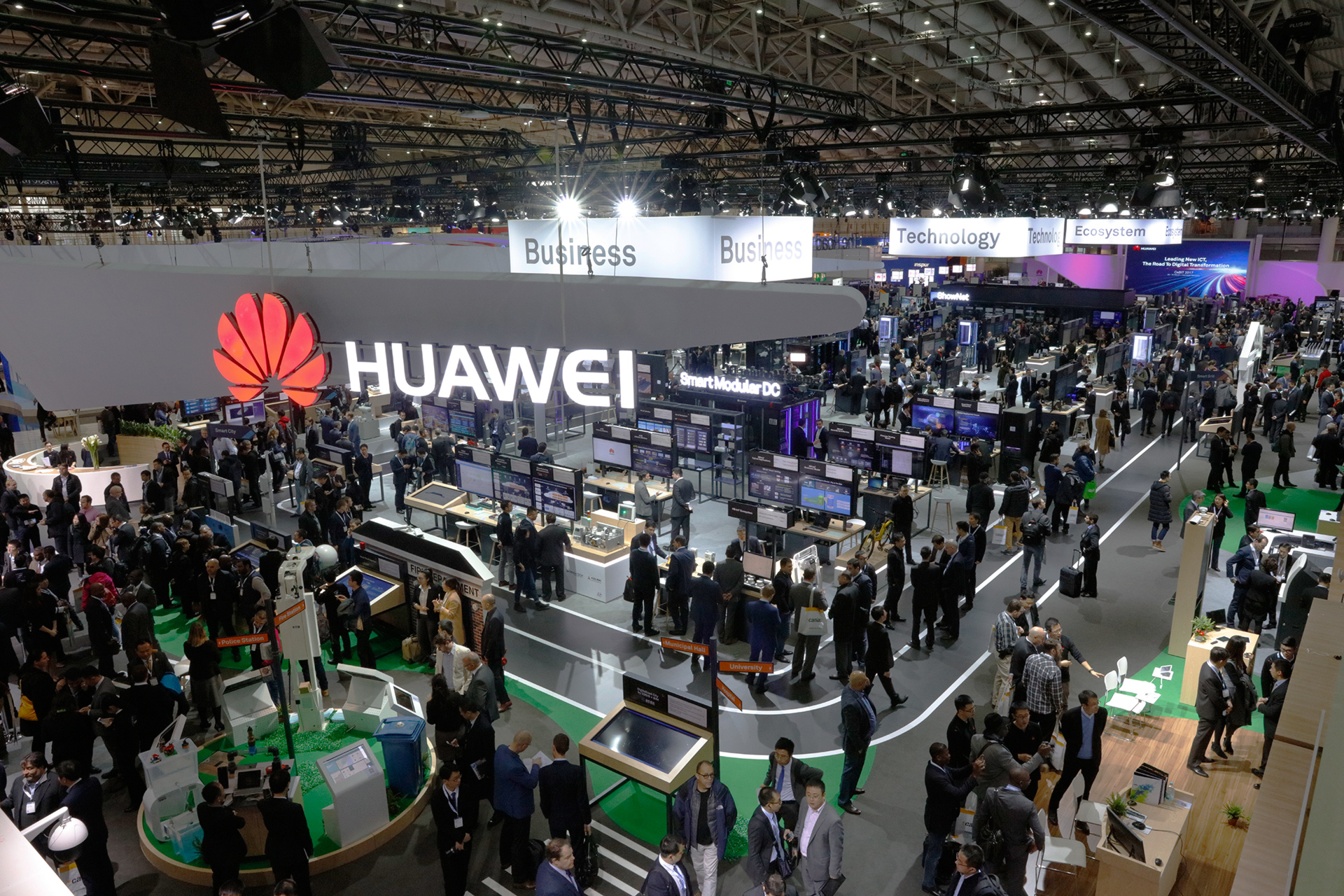
Huawei has released its financial results for the year of 2016, a year which saw revenues grow by almost a third.
The total figure for of the group’s annual revenue was $75 billion a 30% increase on the previous year, whereas net profits were $5.3 billion, an increase of just 0.4%.
However, these increases are the slowest period of growth that Huawei has experienced in five years and net margins dipped by 2% from 9.3% to 7.1%. The last time growth was slower was actually in 2011 when the company experienced a profit decline.
One of the factors in this though is that the company also said it had invested $11 billion in R&D this year.
 Eric Xu, Huawei Rotating CEO, said: “In 2016, Huawei maintained its strategic focus and achieved solid growth. As humanity continues to explore and make new breakthroughs in the digital world, digitisation and increasing intelligence present huge business opportunities for all industries, and are also paving the road for new growth for the ICT industry. We will stay customer-centric and will support digital transformation in all industries, in order to create value for our customers and to grow sustainably.”
Eric Xu, Huawei Rotating CEO, said: “In 2016, Huawei maintained its strategic focus and achieved solid growth. As humanity continues to explore and make new breakthroughs in the digital world, digitisation and increasing intelligence present huge business opportunities for all industries, and are also paving the road for new growth for the ICT industry. We will stay customer-centric and will support digital transformation in all industries, in order to create value for our customers and to grow sustainably.”
2016 saw the company invest heavily into both its research, 14% of all revenue, and marketing as it focuses on its attempt to become a viable competitor to Apple and Samsung, in the wake of the latter’s failings in 2016.
Read more: CeBit 2017: Huawei leads the wei on road to digital transformation
In 2016 Huawei shipped as many as 139 million smartphones, reporting a $25.9bn annual revenue, up 44% from 2015. All of this has helped to place the company in a strong third position, behind Samsung and Apple, of the biggest smartphone manufacturers.
Sabrina Meng, Huawei’s CFO, said: “Huawei was operationally healthy in 2016, with ample cash reserves, a solid and sustainable capital structure, and high resilience against risk. In 2017, we will continue to boost the efficiency and quality of our operations to ensure solid growth.”
Huawei have said that the company will continue to invest heavily in R&D putting at between $10 billion and $20 billion aside each year.






